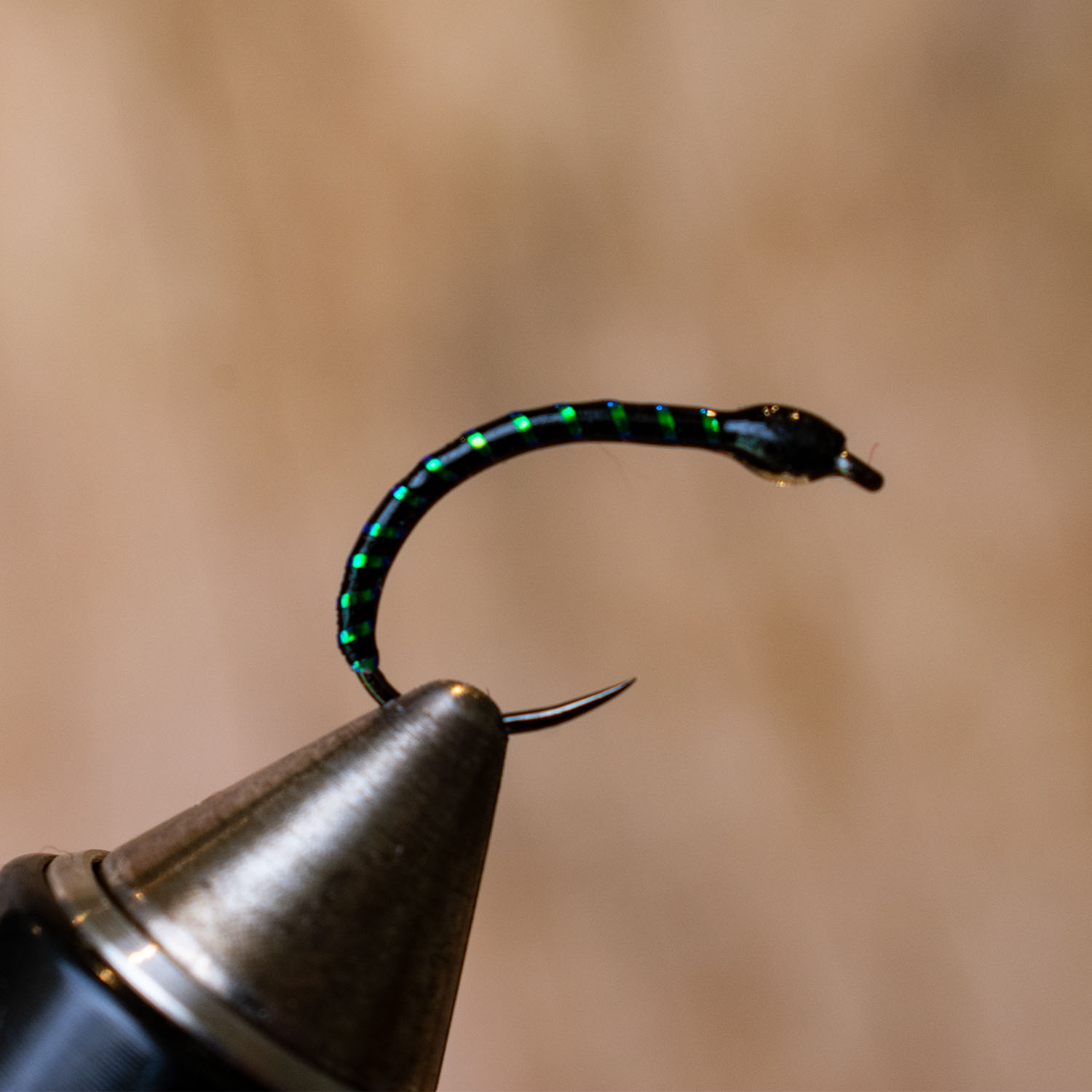- ×
 Tigerfish Fly Pack 1 × R1,490.00
Tigerfish Fly Pack 1 × R1,490.00
Fly Fishing with a Buzzer Pattern
Fly fishing with a buzzer pattern is a highly effective technique, especially on stillwaters like lakes and dams where midges (chironomids) make up a large portion of a trout’s diet. Buzzers represent the pupal stage of the midge as it ascends from the lakebed to the surface to hatch.
Fly anglers usually fish buzzers on a floating line with a long, fine leader to allow the fly to sink slowly and behave naturally in the water column. They can be fished singularly or as part of a team of two or three flies at varying depths. A common and effective method is to use a “washing line” setup, with a buoyant fly (such as a booby or hopper) on the point and one or two buzzers on the droppers, suspending them in the feeding zone.
The key to success with buzzers is a slow, subtle presentation—often just letting the flies hang or drift with the breeze or using a very slow figure-of-eight retrieve. Takes are usually gentle, so keeping a close eye on the line or using a strike indicator can help detect subtle bites. This method is particularly productive during midge hatches when trout are actively feeding just beneath the surface.
A great way to fish pressured still waters in Dullstroom and surrounds.
| BUZZER TYPE | BLACK & RED, BLACK & OLIVE |
|---|
Related products
ESTUARY
R75.00
This product has multiple variants. The options may be chosen on the product page Sale!
R43.00
This product has multiple variants. The options may be chosen on the product page Sale!
R54.00 – R59.00Price range: R54.00 through R59.00
This product has multiple variants. The options may be chosen on the product page ESTUARY
R75.00
This product has multiple variants. The options may be chosen on the product page R35.00 – R40.00Price range: R35.00 through R40.00
This product has multiple variants. The options may be chosen on the product page Sale!


















